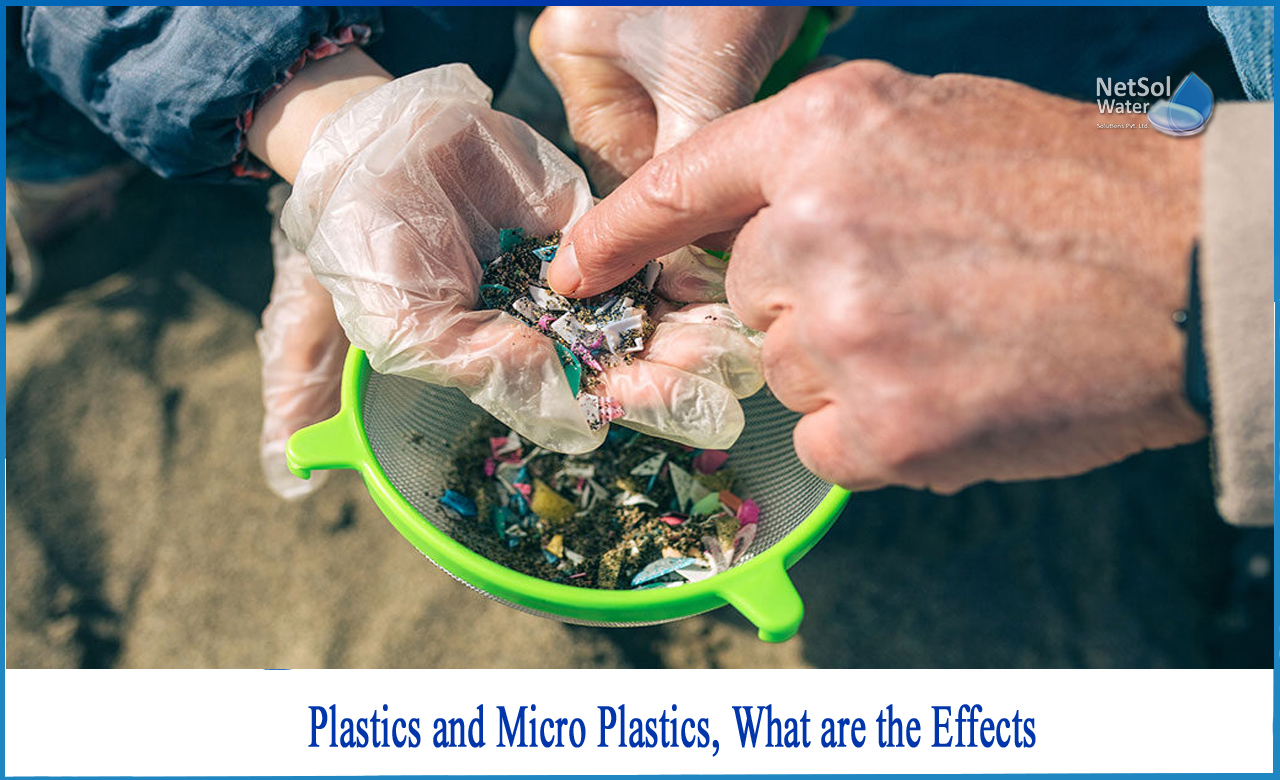What are the effects of Plastics and micro plastics?
The manufacture and use of different types of plastics and the impact of contamination by these materials on human, animal, and environmental health is grave.
Since 2004, the world has produced the same amount of plastic as in the first half of the century, and the total amount of plastic produced so far is 8.3 billion tons, mainly derived from natural gas and petroleum used as a chemical raw material and fuel.
It is estimated that between 1950 and 2015, a total of 6.3 billion tonnes of primary and secondary (recycled) plastic waste was generated, of which about 9% was recycled, 12% was incinerated and the remaining 79% was landfilled. It is released directly to nature.
In 2015, 407 million tonnes (Mt) of plastic were produced, of which 164 million tonnes were used for packaging (36% of the total). The numbers quoted may vary, but packages probably make up about one-third of all plastic used, of which about 40% eventually become landfills and 32% escape the collection system.
As a result, in 2010, about 9 million tons of plastic were discharged into the ocean due to improper waste treatment, and up to 500,000 tons of microplastic was generated due to cleaning of synthetic fibres and wear and tear of road tires. However, the actual amount of plastic measured in the ocean accounts for less than 1% of the (at least) 150 Mt that is said to have invaded the ocean over time.
Plastics make up about 10% by mass of municipal waste, but up to 85% of marine debris, most of which comes from land. Geographically, the top five plastic pollution sources are the People's Republic of China, Indonesia, the Philippines, Vietnam, and Sri Lanka, which together account for 56% of the world's plastic waste.
Micro plastics & their effect
Larger primary plastic products undergo gradual fragmentation to produce more smaller "secondary" microplastic particles, thereby increasing the overall surface area of ??the plastic material and causing persistent organic pollutants (persistent organic pollutants).
There is still no danger of such microparticles and their toxins reaching humans through the food net, but direct human ingestion of microplastics through drinking water is fully possible. Food can also be contaminated with microplastics in the air, but its health effects are unknown. Of note about these airborne sources is the discovery of small plastic particles in human lung tissue that can be harmful under certain circumstances.
It is also very noteworthy that in Switzerland, microplastics have been detected in mountainous soils most likely derived from the wind. Arctic ice core samples also show the presence of microplastics, probably due to ocean currents from the Great Pacific Garbage Patch and local pollution by shipping and fishing. As such, sea ice traps large amounts of microplastics and transports them across the Arctic Ocean, but these particles are released into the global environment as the ice melts, especially under the influence of rising global average temperatures.
Conclusion
Replacing petrochemical-derived plastics with bioplastics is receiving increasing attention, but there is controversy over how bioplastics are biodegradable in open environments and are currently produced worldwide. It accounts for only 0.5% of the total amount of plastic produced. Since most bioplastics are made from sugar and starch materials, expanding their use will result in the diversion of edible crops for the production of primary biofuels, as well as between crops for food or plastic supplies.
The use of oxoplast, which contains additives that support material deterioration, is also questionable. Because they are said to only increase the fragmentation and environmental impact of microplastics. Therefore, the European Union sought to limit their use.
6% of the world's oil production (including natural gas liquids, NGL) is currently used in the production of plastic raw materials (expected to increase to 20% by 2050), and the production and use of plastics. Current approach to (including end-use)). Immediate revision is required.
At the end of life, collecting and recycling plastic products more extensively and reusing them in new productions to offset the use of unused plastics reduces the amount of plastic waste entering the environment and fossils. This is an important aspect for improving usage efficiency.
Netsol Water is Greater Noida-based leading water & wastewater treatment plant manufacturer. We are industry's most demanding company based on client review and work quality. We are known as best commercial RO plant manufacturers, industrial RO plant manufacturer, sewage treatment plant manufacturer, Water Softener Plant Manufacturers and effluent treatment plant manufacturers. Apart from this 24x7 customer support is our USP. Call on +91-9650608473, or write us at enquiry@netsolwater.com for any support, inquiry or product-purchase related query.



